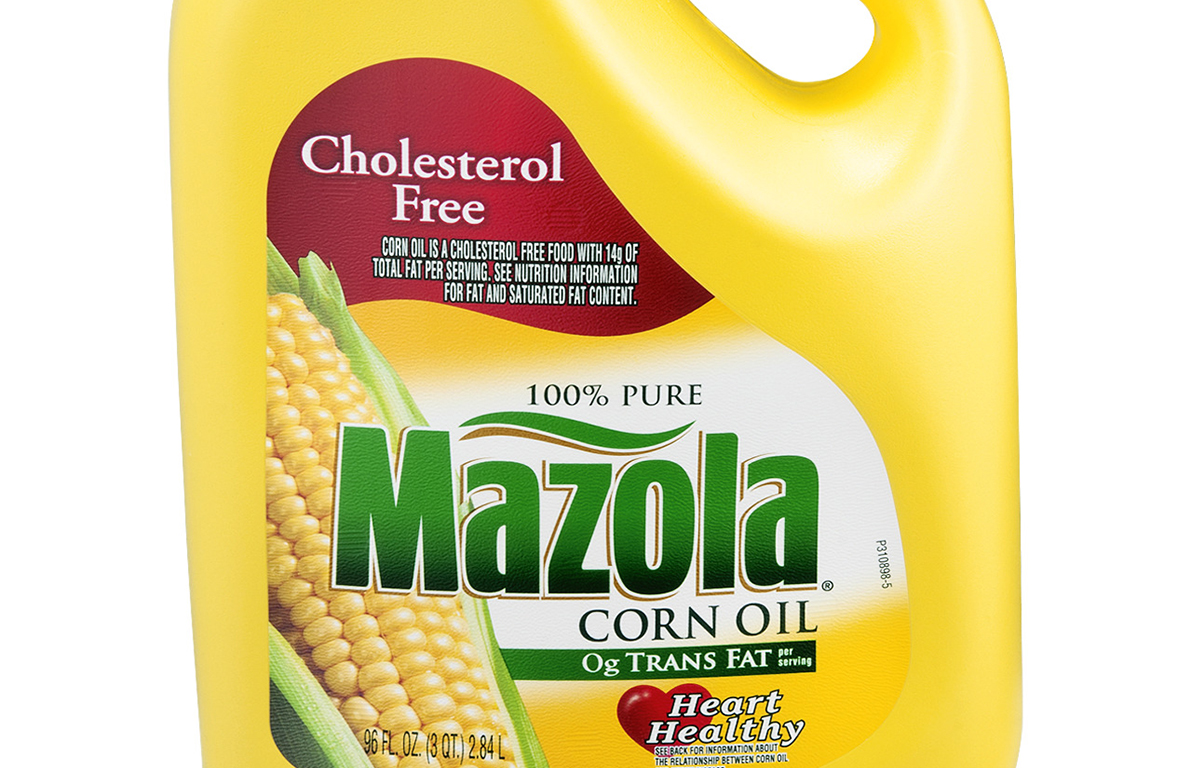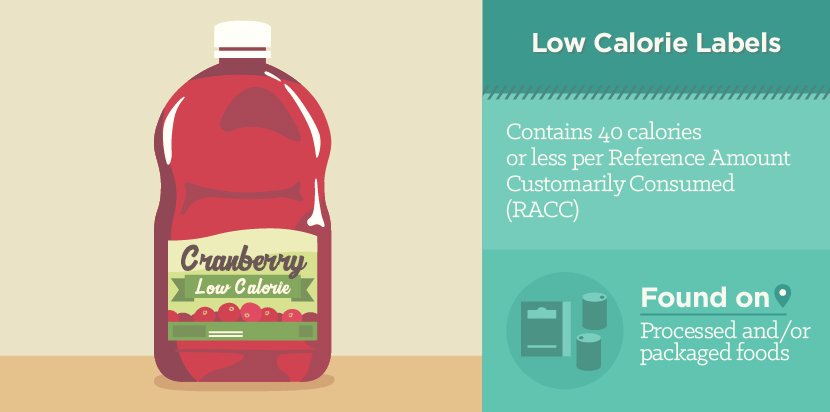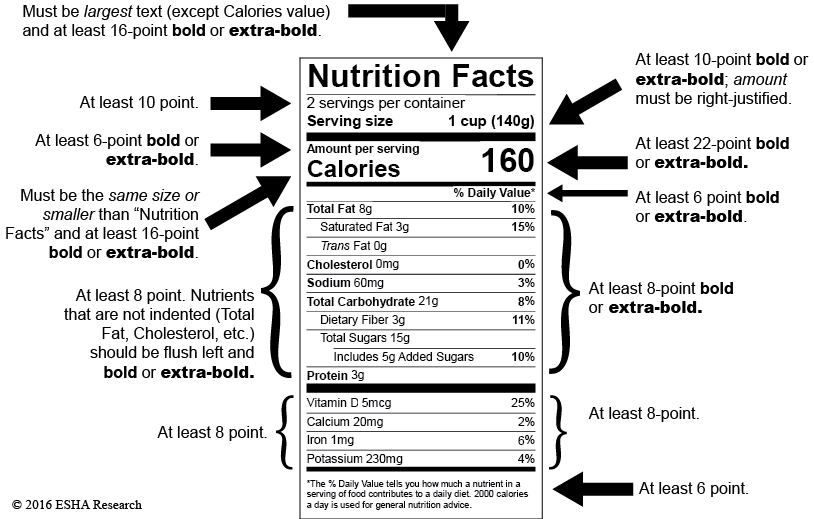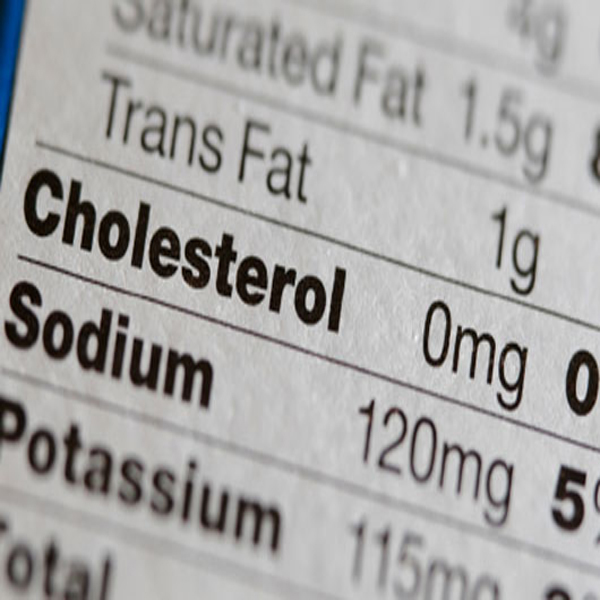41 cholesterol on food labels
How Much Cholesterol Should I Have Per Day? - Healthline Nutrition labels on foods tell you how much of each nutrient or fat is in the item, based on the recommended serving size. The numbers and percentages are written for a 2,000 calorie/day diet. Your Guide to Lowering Your Cholesterol With TLC health care professionals, read food labels, make and stick with lifestyle changes, plan heart healthy menus for the whole family, and make heart healthy choices when you eat out. Anyone can develop high blood cholesterol—everyone can take steps to lower it. Why Cholesterol Matters 2 Cholesterol is a waxy, fat-like substance found in the walls of cells in all parts of the …
What do cholesterol-free and low-cholesterol food labels mean? - Sharecare American Diabetes Association Cholesterol free means that the food must contain fewer than 2 milligrams of cholesterol and 2 grams or less of saturated fat per serving. For example, although vegetable oils contain no cholesterol, they are 100% fat. Vegetable oils are still preferable to butter or lard because they have less saturated fat.
Cholesterol on food labels
Making Sense of Food Labels | ADA - American Diabetes … Trying to figure out nutritional information on labels and packaging isn’t easy. The good news is that we can help. These food labels are especially helpful if you use carb counting to plan your meals! If you get tripped up on food content claims, you’re not alone. Fat free vs. low fat vs. reduced fat. Low cholesterol vs. reduced cholesterol. Cholesterol Content of Foods | Patient Education | UCSF Health Use the following tables to check the cholesterol and fat content of the foods you eat. This will help you keep track of your daily cholesterol intake. Note: Cholesterol is only found in animal products. Fruits, vegetables, grains and all other plant foods do not have any cholesterol at all. Nutritional Yeast: Nutrients, Health Benefits, and Uses 24.03.2022 · Nutritional yeast, also called “nooch,” is a popular food product often used in vegan cooking. This powdered yeast gets its name from the nutrients it contains, including protein and a …
Cholesterol on food labels. Whole Grains, Refined Grains, and Dietary Fiber | American Heart ... 01.11.2021 · Dietary fiber can help improve blood cholesterol levels and lower your risk of heart disease, stroke, obesity and even type 2 diabetes. Fiber for the win! And here’s an awesome bonus if you’re trying to lose weight: fiber can help you feel full, so you’ll be satisfied with fewer calories. In addition to fiber, grains provide nutrients like thiamin (Vitamin B1), riboflavin … How to Tell if Foods Are Low or High Cholesterol - Verywell Health Each food label should include milligrams (mg) of cholesterol per serving. Don't forget to look at the serving size as well. Sometimes products can seem low in cholesterol, but if you eat more than the recommended servings at one sitting, then you can end up consuming a lot more cholesterol than you intended. 11 High Cholesterol Foods — Which to Eat, Which to Avoid - Healthline 1. Eggs. Eggs are one of the most nutritious foods you can eat. They also happen to be high in cholesterol, with 1 large egg (50 grams) delivering 207 mg of cholesterol ( 1 ). People often avoid ... Dietary Cholesterol - Nutrition Facts Labels Explained by MyFoodDiary The word "cholesterol" is often used to describe two unique concepts: 1) blood cholesterol, and 2) dietary cholesterol. Blood Cholesterol. The bloodstream contains two main types of cholesterol: Low-Density Lipoprotein (LDL), known as "bad" cholesterol, and High-Density Lipoprotein (HDL), known as "good" cholesterol.
13 Misleading Food Label Claims and How Not to Be Tricked - Sentient Media 1. Label Says "Sugar-Free". The Food and Drug Administration (FDA) provides guidelines for a variety of common food labels, including sugar-free. While the term suggests that products labeled this way would be completely free of sugar, they can actually contain up to 0.5 grams of sugar in a single serving size. Should I check the cholesterol on nutrition labels? Major dietary cholesterol contributors — meat, fish, and chicken — often have no label. Having less than 4-6 oz of those per day and less than 2-4 eggs per week will generally keep your cholesterol reasonable. And that's a smart idea anyhow, to leave room for more artery-friendly fruits, veg, whole grains, beans, nuts, seeds, etc." Understanding Food Nutrition Labels | American Heart Association When the Nutrition Facts label says a food contains "0 g" of trans fat, but includes "partially hydrogenated oil" in the ingredient list, it means the food contains some trans fat, but less than 0.5 grams per serving. So, if you eat more than one serving, you could end up eating too much trans fat. Understanding Food Terms - American Cancer Society Low. How you might see it on a label: low-fat, low-sodium, low-cholesterol, low-calorie What it means: This term can be used on foods that can be eaten often and you still won't get more than the recommended amount of that nutrient. The nutrients that can be described with this label are: Fat; Saturated fat; Cholesterol; Sodium (salt)
How to read food labels: MedlinePlus Medical Encyclopedia If a food has less than 0.5 grams of saturated fat in the serving size on the label, the food maker can say it contains no saturated fat. Remember this if you eat more than 1 serving. You should also pay attention to trans fats on any food label. These fats raise "bad" cholesterol and lower your "good" cholesterol. Food Labels (for Teens) - Nemours KidsHealth Food labels provide more than just nutrition facts. They also tell you what's in a packaged food (i.e., the ingredients). People with food allergies need to check ingredient lists to avoid foods that can cause an allergic reaction. Some food labels also state which country the food came from, whether the food is organic, and certain health claims. Understanding Food Labels | The Nutrition Source | Harvard T ... The information on food labels is intended to help consumers become savvy about their food choices. The front, back, and sides of a package are filled with information to inform us what the food contains and to provide guidance in making healthier selections of processed foods. ... cholesterol, sodium, and added sugars. 20% DV or more of a ... How to Read Food Labels for a Heart-Healthy Diet Partially hydrogenated oil Omega-3 fatty acid Olive oil Butter What's important to know about the first ingredient listed on a label? It's the healthiest. It's in the largest quantity. It's first due to alphabetical order. What words should I look out for that mean sugar? High-fructose corn syrup Agave nectar Dehydrated cane juice All of the above
Easy Guide to Understanding Food Labels When You Have ... - MyDoc This means that your food may contain trans-fat even if the food label says 0 gram. Therefore it's important to check the ingredient list (more on this later). Cholesterol guidelines currently recommend having not more than 300 milligrams of cholesterol per day, and if you have heart disease, aim for less than 200 milligrams per day. 2.
How To Read Food and Beverage Labels | National Institute on ... Feb 24, 2022 · Sometimes, food and beverage packaging includes terms that may try to convince the consumer the food is healthy. To help avoid confusion, the FDA sets specific rules for what food manufacturers can call “light,” “low,” “reduced,” “free,” and other terms. This type of labeling may have little to do with how nutritious the food is.
How To Read Nutrition Labels - Mayo Clinic Diet The % Daily Value (DV) tells you how much a nutrient in a serving of food contributes to a daily diet. 2,000 calories a day is used for general nutrition advice. Low is 5% or less. Aim for low in saturated fat, trans fat, cholesterol, sodium, and added sugars. High is 20% or more. Aim high in vitamins, minerals and dietary fiber. 4.
5 tips for decoding food labels - Harvard Health Here are 5 ways to make food labels work for you: Size matters. Serving size is always the first item on the label. All other information is based on that serving size. The servings per container tell you know how many portions are in the whole box, package, or can. Beware: many packages contain more than one serving.
Reading Food Labels | ADA - American Diabetes Association Understanding Food Labels It's time to decode those food claims. Trying to figure out nutritional information on labels and packaging isn't easy. The good news is that we can help. Untangle packaging claims. If you get tripped up on food content claims, you're not alone. Fat free vs. low fat vs. reduced fat. Low cholesterol vs. reduced cholesterol.
PDF Food Label Tip: How to Choose Foods Low In Saturated Fat, Trans Fat ... of saturated fat and cholesterol. In general, 5% or less is low. Twenty % or more is high. Also choose foods with no or low amounts of trans fat. Compare these two food labels: Whole Milk Fat-Free Milk. Ft e. These food labels are for one serving of milk: 1 cup (8 ounces). Fat-free milk has the lowest % of saturated fat and cholesterol.
Controlling Cholesterol with Statins | FDA - U.S. Food and ... Español. You go to the gym faithfully, and try to watch your diet. But after your annual physical, you find out that your blood cholesterol is surprisingly high.
How to Read the Nutrition Facts Label on Packaged Foods - WebMD You've seen nutrition labels on food packages. They can help you manage your weight and conditions like type 2 diabetes, high blood pressure, and high cholesterol. You just have to know what to...
Cholesterol in foods | Cholesterol Food Calculator The functioning of this nutrition calculator is simple. Choose a food from the list that you want to find out how much cholesterol it contains, or filter your search through one of these categories: Fruits Vegetables Meat Fish Dairy products Grains and cereals Nuts Legumes Drinks Other food (eggs, honey…) Ready Meals
Nutrition Labels 101: What's Required? What's Optional? The cholesterol listing on nutrition labels notes the cholesterol content of the food per serving in milligrams rounded to 5 mg increments. If the amount of cholesterol contained is less than 2 milligrams per serving, it can be stated as zero in the nutrition fact panel, or replaced with the statement "Not a significant source of cholesterol ...
Food Labels - kenoshaheart.org The following information is designed to inform individuals how to examine a food label more in depth to avoid cholesterol, saturated fat, and trans fat, while also limiting the excess consumption of both sugar and sodium. This information is meant to address the contributing risk factors leading to the development of coronary heart disease.
Types of Fat in Food: Understanding the Different Dietary Fats Read labels carefully before eating packaged or processed foods. The bottom line: To keep your heart -- and the rest of you -- healthy, get most of your fats from unsaturated sources.
How to Understand and Use the Nutrition Facts Label | FDA Dietary fiber, vitamin D, calcium, iron ad potassium are nutrients on the label that Americans generally do not get the recommended amount of. They are identified as nutrients to get more of....
Food Labels: Fat & Cholesterol | Home & Garden Information Center Limit these sources of unhealthy fat and cholesterol in the list of ingredients: animal fat (beef, ham, pork, bacon, lamb, chicken, turkey), lard, hardened fat or oil, egg and egg-yolk solids, cream, butter, whole-milk solids, palm oil, palm kernel oil, hydrogenated vegetable oil, vegetable shortening, coconut, coconut oil, and cocoa butter.











Post a Comment for "41 cholesterol on food labels"